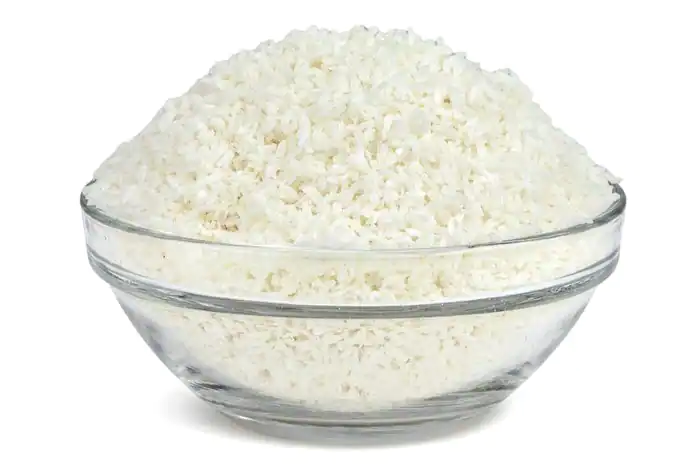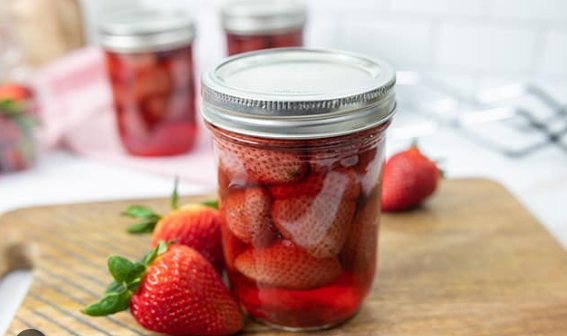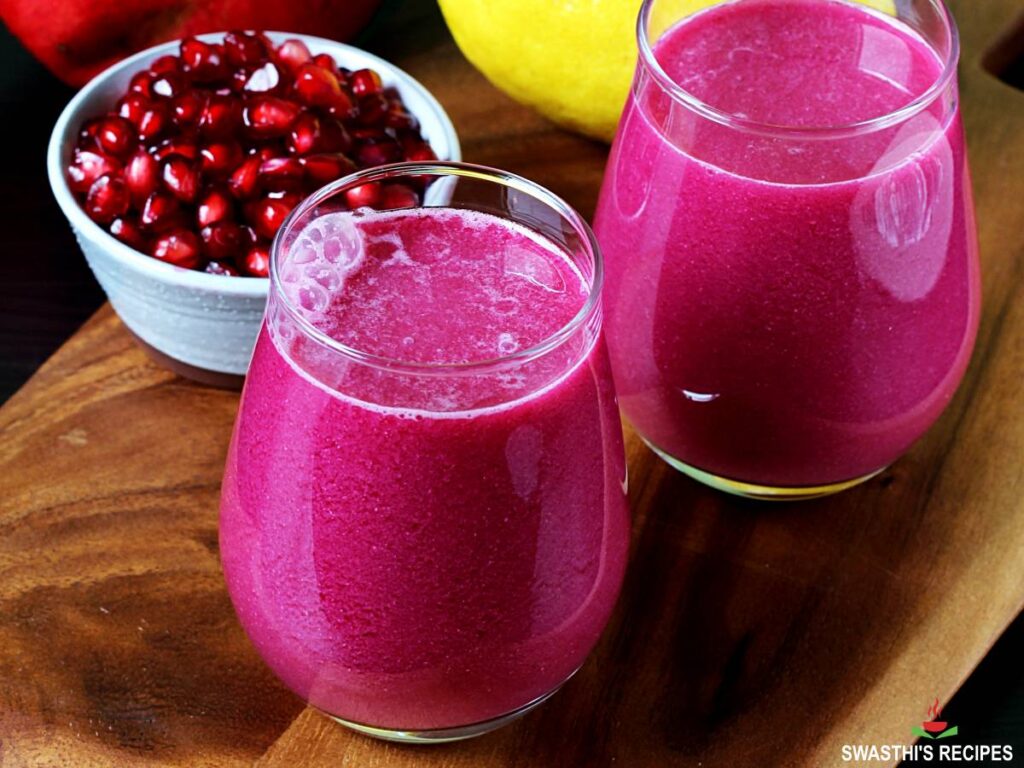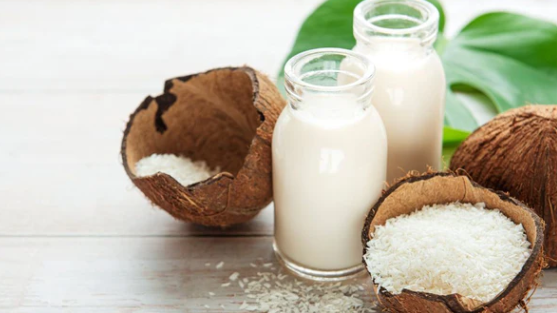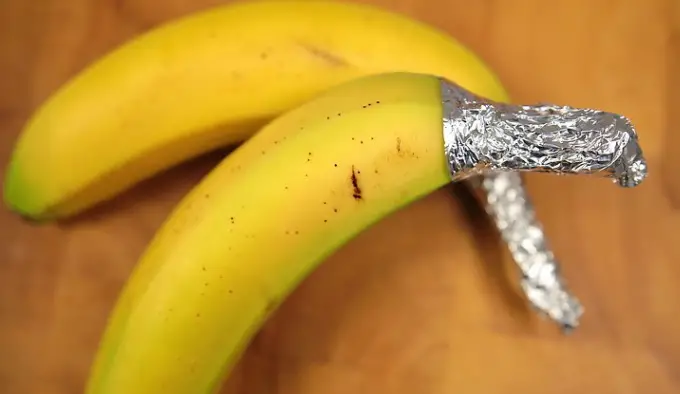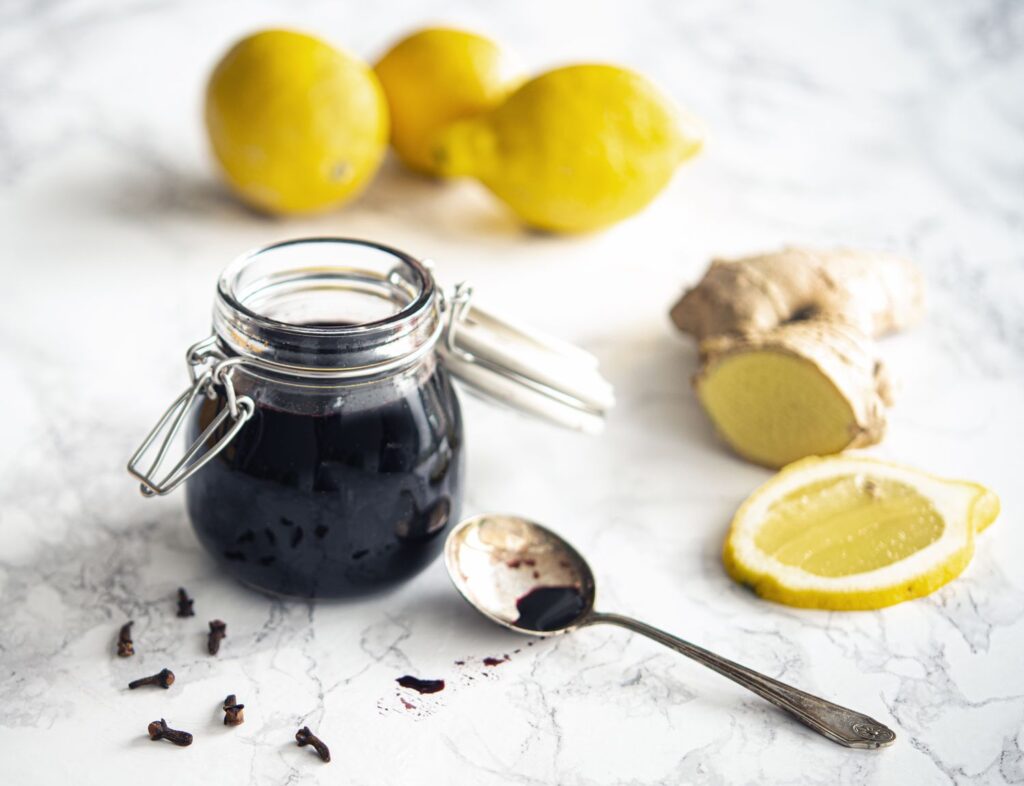Mangoes are beloved around the world for their sweetness and juicy insides. They can be eaten by themselves or added to all sorts of dishes like smoothies, salads, and desserts. But mangoes don’t last forever and can turn bad if not eaten on time or kept right.
Learning how to tell when a mango is bad means you won’t eat fruit that’s gone off, which might make you sick and also tastes bad. We’ll look at the signs that show whether a mango is okay to eat, plus give you some tips on how to keep them fresh for longer.
Table of Contents
Why It Matters to Know When a Mango Has Gone Bad
There are a few good reasons to make sure you know when a mango is no longer good to eat. First off, eating spoiled fruit can get you sick, leading to a stomach ache or worse. Second, a bad mango might put you off this wonderful fruit if it makes your taste buds unhappy. It can also be disappointing to spend money on a fruit only to find out too late that it’s spoiled.
Spotting a mango that’s gone bad is also key to keeping the rest of your fruit fresh. Ripening fruit lets out a gas called ethylene, which makes other fruits around them ripen and go bad faster too. So, it’s really important to get rid of any bad ones right away.
Knowing how to tell if a mango is off can help you decide whether to put it in your cooking or not. If you use a spoiled mango, it could spoil your whole dish, so it’s best to check the fruit carefully before you use it in your recipes or eat it as is.
Signs of a Bad Mango
When you’re choosing mangoes, here’s what to look for to make sure they aren’t spoiled:
- How it looks and feels: Look for any mold, wrinkles, or dark spots. If the skin has sags or dips, or the mango feels too squishy or full of strings when you press it, that’s not a good sign.
- The smell: A mango gone bad might smell sour or like it’s fermenting. This bad smell can usually be noticed even without cutting the mango open.
- The taste: If you take a bite and it’s sour, bitter, or just tastes strange, the mango is no good. Eating it might risk your health.
Remember, not all bad signs are easy to see on the outside. Sometimes a mango can look fine on the outside but be starting to rot inside. Always use your eyes, hands, and nose to check thoroughly before you eat a mango.
How to Know if a Mango is Bad?
To find out if a mango has gone bad, look at its appearance and feel, sniff it, and maybe taste a small piece. Watch out for wrinkles, spots, soggy surfaces, or an overly soft body. The smell should be fresh, not sour or yeasty. If you notice a strange or bitter taste, it’s best to throw the mango away.
Keeping Mangoes Fresh Longer
To keep your mangoes tasting good for longer, here’s how to store them the best way:
- When they’re not ripe yet: Put unripe mangoes in a brown paper bag, close it, and leave them on the counter for a day or two until they’re ready.
- Refrigerating ripe mangoes: Move ripe mangoes to the fridge to make them last. Wrap them in a paper or a bag with holes, and put them in the fridge’s crisper drawer. They should be good there for about five days.
- Freezing mangoes: If you’ve got too many ripe mangoes, you can freeze them for later. Peel them, cut them into pieces, and put them in a freezer bag. They can stay in the freezer for up to half a year.
- Keep them dry: Mangoes can spoil in wet places, so make sure they’re kept in a dry spot.
- Store away from other fruits: Since mangoes release ethylene, keep them separate from other fruits, which could spoil faster near them.
If you follow these storage tips, you’ll enjoy fresh mangoes longer and avoid throwing them out before you get the chance to eat them.

